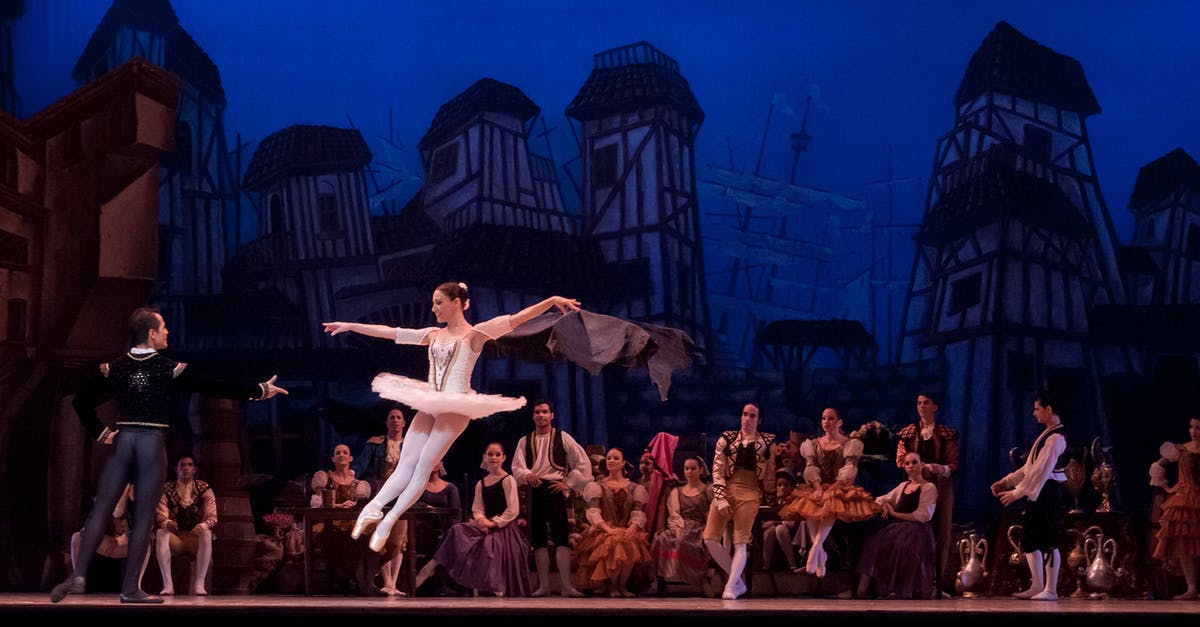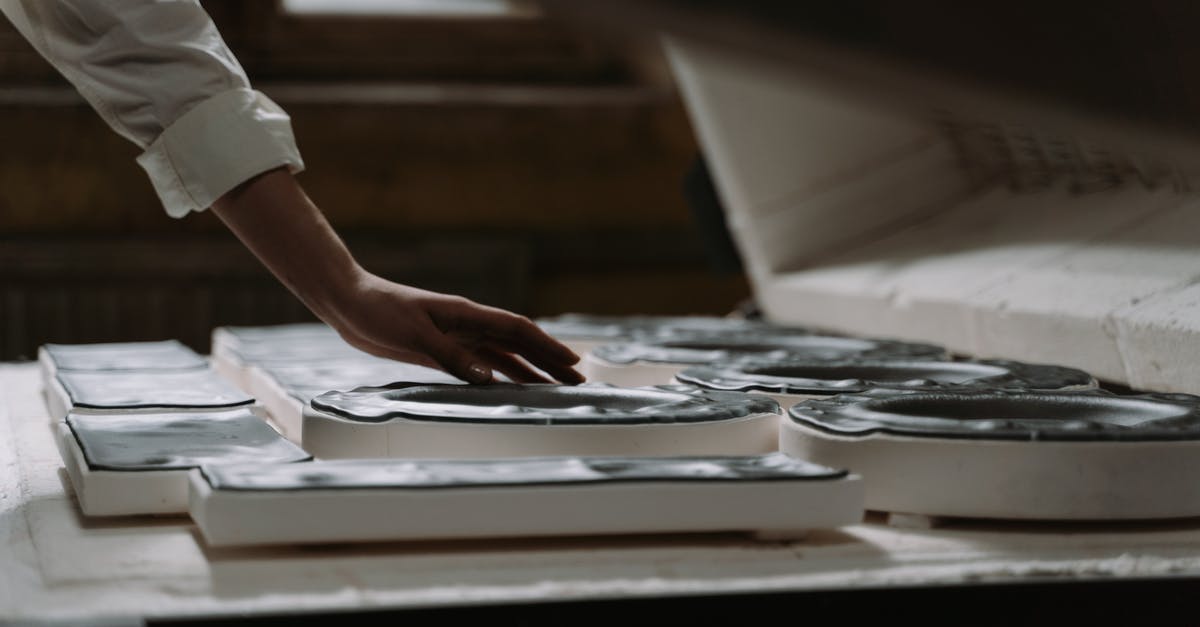What happens to the costumes after a production finishes?

I just saw the movie The Eagle (2011) and found it interesting in that the costumes and armor were very historically accurate. It must have taken quite an effort to do the research and make all those costumes. Some of the pieces of armor would have taken a lot of money to reproduce.
What happens to all that effort after the production is complete? Do they just throw it away? I doubt that Goodwill takes donation of Roman armor and togas.
Update: If the studios store the costumes, then I guess I would ask, is that really feasible? Wouldn't there gigantic warehouses to store all those clothes?
Best Answer
They may face different fates, depending on multiple factors.
Racked states,
The answers aren’t as exciting as people want them to be, mainly because television shows and movies are businesses. They have accounting departments and detailed asset tracking. Costume departments don’t really have any say on what happens to the clothes; it’s ultimately up to the producers and the studio (HBO, Sony, etc.).
Fashonista states that
The number one rule of thumb that audiences might not realize is that the costumes are officially property of the studio producing the show.
If the costumes were made for the show, and being owners of them, studio may choose one or more options for the lot at once or choose separately. again, decision depends on multiple factors.
Or sometimes they rent costumes from third party, like costume shops.
So back on what will happen to 'em,
1. They gets thrown away
They were kept in studio warehouses or some other storage facilities From Racked,
The thing most people don’t realize is that everything that is bought in every department is recorded. Shows are typically set up as limited liability companies that are specific to that show only. They often have a parent company, such as HBO, Sony, or ABC, but each show operates within its own budget, and so each show is responsible for each individual piece of clothing. Accounting departments keep track and mark things above a certain value (usually $100) as an asset, which means they need to know where it is at the end of a shoot.
These departments usually implement their own tagging systems so that during wrap it’s easier to find all the assets (accounting generates a list which needs to be checked off, with the location of every piece notated).
“An extraordinary amount of time is spent tracking down and ID’ing things,” Liz Shelton, another experienced ACD in New York, tells me. “Unless you’re doing an incredibly low-budget job where they cannot afford storage, most studios want everything featured back and sometimes have auditors on the case. I try to get production to donate the unestablished (pieces not seen on camera) and non-asset items to places where the clothing can go to people in need. Sometimes that works and sometimes not.”
2. They were kept and used for re-use (for same show or different show). From Racked,
Most studios have the policy that no asset can be sold, promised, or given by anyone but the executive producers. Everything is held until all edits are complete and the time for reshoots is past. Some of the big studios, like Disney and Warner Brothers, have their own rental house businesses, so everything gets filtered into those. Studios will also occasionally roll over stock from one show to another. When HBO’s Vinyl wasn’t renewed for another season, a lot of the clothes went to The Deuce. Television shows rarely get rid off anything until the show is cancelled. Everything is catalogued and recorded from season to season. Principal actor clothing is kept in their permanent “closets.” Even if an item is never worn again on the show, it stays, because you never know when a random flashback scene might appear in a script.
3. Sometimes, recognizably iconic costumes go into archives. From Racked,
Studios or producers hold onto the costumes that might be a big deal later on. Most of the larger studios have pretty extensive archives and storage. Robert Rodriguez, for one, keeps a huge amount of stuff from his films in storage in Texas.
4. Sometimes studio gave the costume to actor/actress. From Racked,
Still, producer Michael Flannigan tells me that sometimes, costumes are gifted to cast members. “Several actors have it in their contracts that they get the pick of their wardrobe,” he says. “Other than that, we have a fire sale, typically only for the crew, at the end to sell as much as we can, same as we do with props and set dressing.”
(There was one icident Deadpool star Ryan Reynolds steals his costume and goto public without studio's any knowledge, which was intended as some kind of marketing stunt )
5. Sometimes they were sold to the public From Racked,
If actors are patient enough to wait until a show wraps, they could also take advantage of costume and prop sales that are open to the public — meaning to other productions, costume houses and even to you and me. "Girls" and "Orange is the New Black" costume designer Jenn Rogien worked as an associate costume designer on the 2009 series "Kings," which was canceled by NBC after one season. She recalled one specialty-size actor who ended up purchasing a bunch of his own character's suits. "He had a really hard time finding suits,"she said. "So he was thrilled to be able to buy several already tailored suits for his [regular] life and to wear to auditions." Rogien also scored big. "I ended up buying a character’s shoe closet because she had really fabulous shoes," she laughed.
Note: I'm on a plane and this answer may not properly formatted, organized or good as I'm thinking it is. You can read my sources below and it may provide much better insight. I'll put some more resources if I could find any.
Update : Storing is only a one option and it isn't used for all the items. As I've said in the begining, it depends. Only if they got reason to store, then they go for the store/keep option. In storing option, they have multiple options too. Storing in production company/Studio (Sony, Warner, Disney etc..) who may have bigger warehouses, or store in third party storage units etc...
Pictures about "What happens to the costumes after a production finishes?"



What happens to costumes after a show ends?
In those instances, the items are simply packed and returned. The studios can also reclaim all of their purchases to stockpile into a massive costume shop for other productions to rent, but the recognizable, iconic looks worn by star characters are placed into the archives.Do actors get to keep their costumes?
Speaking to the publication, producer Michael Flannigan said in some instances, the cast members get to keep their costumes, while on other projects the clothes are sold to the crew. \u201cSeveral actors have it in their contracts that they get the pick of their wardrobe.Do movie studios reuse costumes?
Most studios have the policy that no asset can be sold, promised, or given by anyone but the executive producers. Everything is held until all edits are complete and the time for reshoots is past.What happens to Bollywood costumes?
Costumes Are Reused So, finally, when the film is shot and all the work is done, these costumes are packed and stored in boxes. The clothes are then used for another movie, plausibly for junior artists or background dancers. It is also said these costumes are redesigned in a completely new manner.How Costumes Are Destroyed For Movies \u0026 TV | Movies Insider
Sources: Stack Exchange - This article follows the attribution requirements of Stack Exchange and is licensed under CC BY-SA 3.0.
Images: Pixabay, Rachel Claire, cottonbro, Mikhail Nilov
